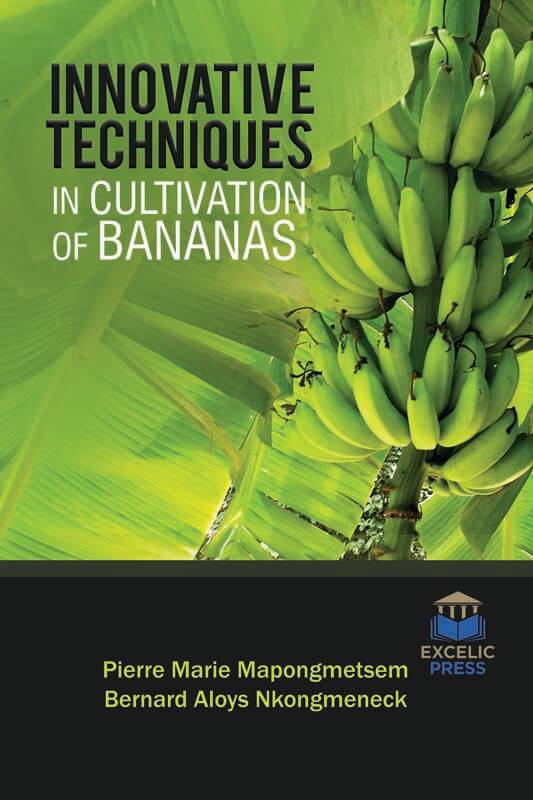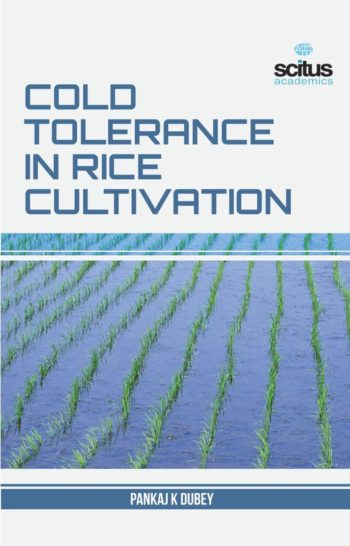Bananas are one of the main agricultural productions in the world, and the main fruit crop, with an annual production of about 117 Mt. Globally, banana is the fourth most important crop of the food market next to rice, wheat, and maize. This makes banana to be the prime leading fruit crop in terms of volume and value in the world market. A sustainable source of food is a constant hurdle that many developing countries are trying to cross. Their available resources are either insufficient to satisfy the need or mismanagement of resources or natural factors like droughts, land degradation improper storage and transport facilities hold them back from becoming self-sufficient in terms of food security. Advancements in technology, use of high-yielding cash crops, better irrigation methods are helping these countries cope with these problems. Banana production in specific has a significant role in food security as well as generating employment, at a global scale.
The book reviews current banana production around the world and how improvements in cultivation practice can be used to advance yields sustainably. This book intends to analyze the potential that banana production holds in contributing to the food and income security of a region. It also explores bottlenecks in banana production. It, further, highlights the socioeconomic importance of the banana tree. The specific objectives are to look at the flow of bananas from production, consumption, gift, and commercialization and also to identify the different types of home gardens present in the area. The information gathered will be used to develop appropriate management strategies. These strategies can be used by farmers to introduce and grow new species of banana to maximize benefits for their production processes.
Plant-parasitic nematodes are economically important pests of banana and compromise its productivity. Control of the nematode population and implementation of healthy agronomic practices guarantee a return of good yield. A survey that assesses the farmers’ understanding of plant-parasitic nematodes associated with banana and the practices they use to produce banana are presented in this book.
The composition of major nutrients required for the plant such as nitrogen, phosphorus, and potassium (NPK), is a critical factor in banana cultivation and has a strong influence on crop yield. This book goes on to explore a study that intended to analyze the concentrations of NPK in different locations of coastal areas of Sindh, Pakistan that is known for growing banana. Succeeding, this book tries to describe an integrated approach to control the development of Black Leaf Streak Disease (BLSD) of banana and plantain plants with minimal use of fungicides, which has a lower cost of control, smaller chance of developing a resistance to the fungicide and also reduce the negative impact on the environment. A range of abiotic stressors influences the growth, development, and production of banana plants. However, it remains elusive for the tolerance mechanisms of the banana responding to multiple abiotic stresses. This book also highlights new information about the tolerance mechanisms of banana with respect to multiple stresses and identifying potential applications to improve tolerance against abiotic stresses by genetic improvement. The book, finally, portrays a multi-disciplinary approach, which incorporates the researchers, government bureaucrats, policymakers and the farmers who need to be drawn up to report all the issues pertinent to the cultivation of bananas.














Reviews
There are no reviews yet.